Smart Factories on the Rise & IoT Reshapes the Manufacturing Landscape 2030
According to a recent report published by Allied Market Research,
titled, “IoT in Manufacturing Market by
Component, and Application: Global Opportunity Analysis and Industry Forecast,
2021–2030,” the global IoT in manufacturing market size was valued at $198.25
billion in 2020, and is projected to reach $1,495.65 billion by 2030, growing
at a CAGR of 22.6% from 2021 to 2030.
The service segment
is expected to experience fastest growth in the coming years, as services
speeds up software implementation, maximizes the value of existing installation
by optimizing it, and minimizes the deployment cot & risks. In addition,
services ensure effective functioning of software throughout the process, which
fuel the growth of the market.
Manufacturing
businesses employ IoT as a digital transformation strategy to enhance workforce
and machine efficiency. Through a network of sensors, vital production data is
collected, and cloud-based analytics software is employed to convert this data
into actionable information. The integration of IoT enables manufacturing
facilities to streamline operations, leading to cost reduction and faster
production cycles.
Manufacturing
companies leverage Internet of Things (IoT) technologies to access a range of
software and services, facilitating the implementation of IoT-based solutions
like predictive maintenance, supply chain management, and quality control. The
integration of connected operational intelligence and real-time asset
monitoring enhances manufacturing processes. The growth of the IoT in
manufacturing market is propelled by technological advancements such as smart
sensors and virtual/augmented reality, along with the benefit of low
operational costs.
Additionally, the
increasing demand for real-time asset monitoring contributes positively to
market expansion. However, challenges related to inadequate IT infrastructure
impede growth. Conversely, the introduction of connected operational
intelligence and the rising adoption of cloud-based deployment models present
lucrative opportunities for the forecasted growth of the IoT in manufacturing
market.
The market faces
significant constraints, including insufficient infrastructure, awareness, and
capital. Businesses that suffered losses during the pandemic are now compelled
to survive with limited capital. Additionally, the market growth is hindered by
the availability of semi-automatic alternatives at affordable prices. Another
limiting factor is the integration of standards in Machine-to-Machine (M2M)
communication, which poses challenges despite increasing user-friendliness and
versatility.
The market is
categorized by service into Professional Services, System Integration and
Deployment Services, Managed Services, and Other Services. The Managed Services
segment is anticipated to dominate the market during the forecast period,
driven by the widespread adoption of Managed Services in the U.S. and Canada.
Managed services play a crucial role in implementing IoT solutions tailored to
client needs, addressing pre- and post-deployment queries. These services
encompass planning, design, testing, integration, maintenance, and support, often
outsourced for timely delivery, leading to reduced capital and operational
expenses. Managed service providers facilitate communication across diverse
business sectors and regions, delivering pertinent information related to
intelligent design and operations.
The market is
divided into various segments based on solutions, including Data Management,
Network Management, Device Management, Connectivity Management Platform,
Application Management, and Smart Surveillance. The Data Management segment is
anticipated to experience the highest Compound Annual Growth Rate (CAGR) during
the forecast period. This is attributed to the increasing volume of data stored
in IoT devices. With devices and sensors generating large amounts of data,
traditional data management infrastructure and processes are no longer
sufficient for effective control and operation of IoT. To address this,
organizations are integrating data management directly into the devices and
sensors, facilitating a seamless and continuous flow of information in manufacturing
operations and ultimately enhancing manufacturing efficiency.
The software
segment took the lead in the overall IoT in manufacturing market in 2020 and is
projected to maintain its dominance in the forecast period. This can be
attributed to the growing adoption of IoT in manufacturing by enterprises
seeking strategic and competitive advantages over their peers. The integration
of IoT enables quick and informed decision-making through the analysis of
business data, contributing to market growth. However, the services segment is
expected to experience the highest growth, ensuring the effective operation of
software throughout the entire process. These services accelerate software
implementation, optimize the value of existing installations, and reduce
deployment costs and risks, further driving market expansion.
In terms of
geographical distribution, North America held the reins in the IoT in
manufacturing industry in 2020 and is anticipated to uphold its position in the
forecast period. This is due to a significant shift toward digital transformation,
increased cloud deployment among small and medium businesses, and the ongoing
modernization of manufacturing, leading to substantial investments in the IoT
in manufacturing market in the U.S. and Canada. Meanwhile, Asia-Pacific is
poised for noteworthy growth in the forecast period, fueled by robust economic
expansion and ongoing developments in the services sector. This encourages
business enterprises in the region to make substantial investments in IoT in
manufacturing, aiming to sustain growth and enhance productivity.
Some of the major
players operating in the internet of things (IoT) in manufacturing market are:
• Cisco Systems, Inc. (U.S.)
• Siemens (Germany)
• ABB (Switzerland)
• Huawei Technologies Co., Ltd (China)
• Hitachi Vantara LLC (U.S.)
• Qualcomm Technologies, Inc. (U.S.)
• Rockwell Automation (U.S.)
• General Electric (U.S.)
• SAP SE (Germany)
• Microsoft (U.S.)
• Fujitsu (Japan)
• IBM (U.S.)
• Robert Bosch GmbH (Germany)
• Uptake Technologies Inc. (U.S.)
• Litmus Automation Inc. (U.S.)
• ClearBlade, Inc. (U.S.)
• Schneider Electric (France)
• Tech Mahindra Limited (India)
• Zebra Technologies Corporation (U.S.)
• Verizon (U.S.)
Inquiry Before Buying: https://www.alliedmarketresearch.com/purchase-enquiry/2483
Thanks for reading
this article; you can also get individual chapter-wise sections or region-wise
report versions like North America, Europe, or Asia.
If you have any
special requirements, please let us know and we will offer you the report as
per your requirements.
Lastly, this report
provides market intelligence most comprehensively. The report structure has
been kept such that it offers maximum business value. It provides critical
insights into the market dynamics and will enable strategic decision-making for
the existing market players as well as those willing to enter the market.



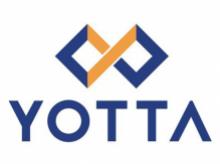

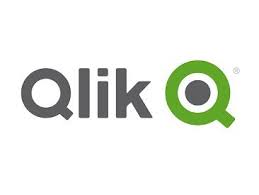








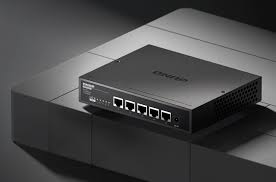
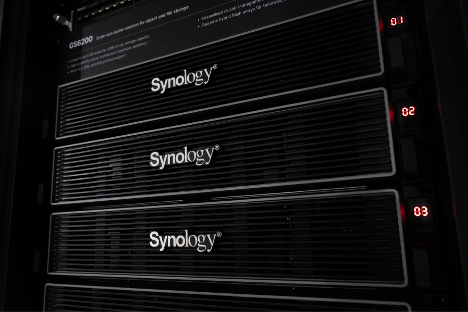

















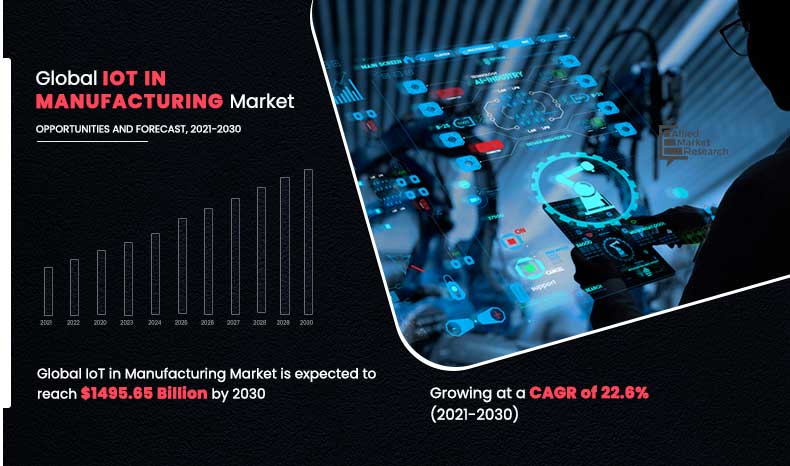
Leave A Comment